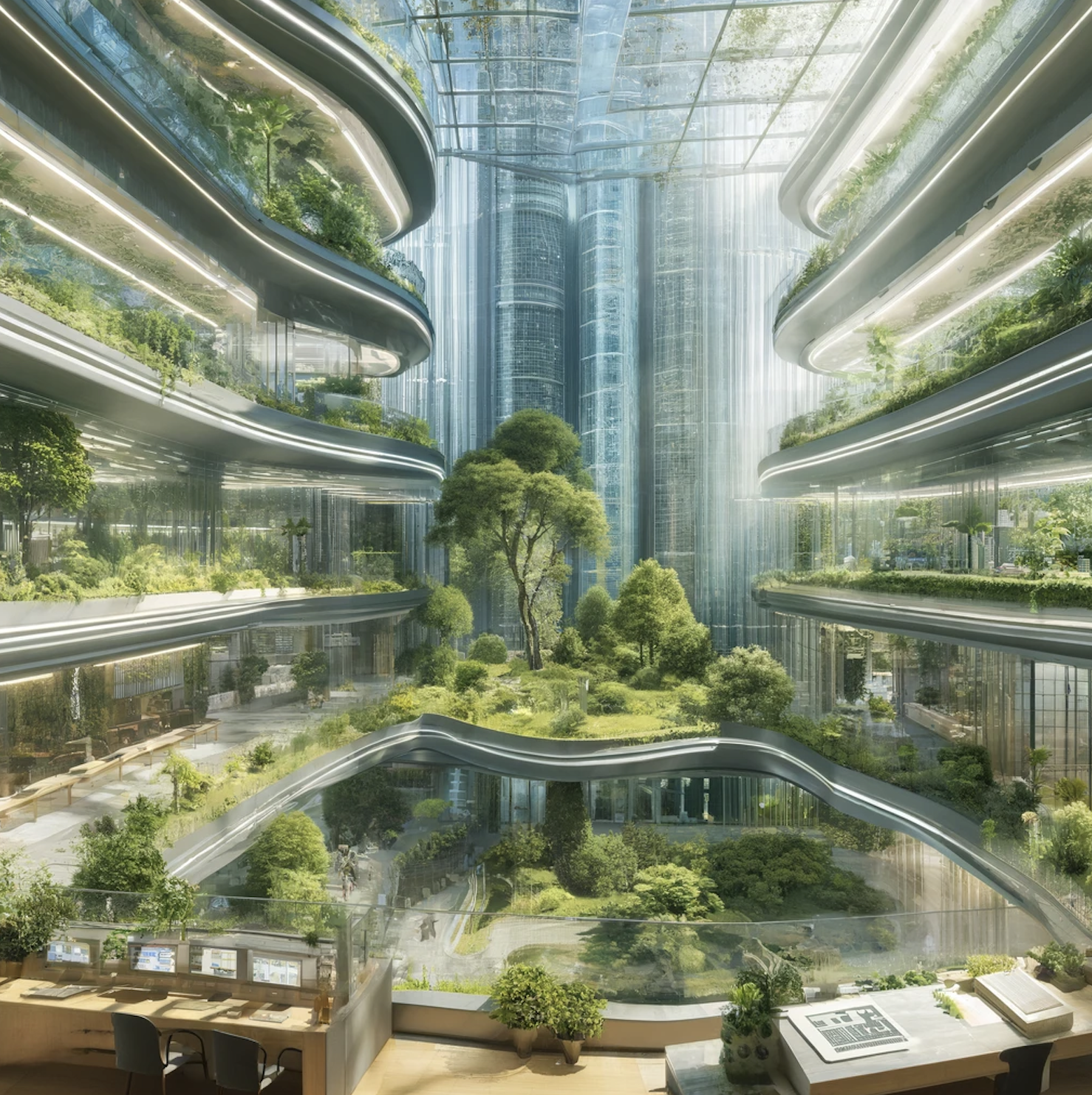A SIMPLE SOLUTION IN ACTION


Improving Indoor Air Quality in Energy-Efficient Home
In May 2023, a Respira biofilter living wall was installed in a residential home in Ontario, Canada. The homeowner recognized the importance of maintaining high standards of indoor air quality...


Windsor University: On a Path to Carbon Neutrality
In 2023, the University of Windsor - a pioneering educational institution committed to environmental sustainability - embarked on an ambitious journey towards becoming a carbon-neutral campus by the...


5 Benefits of Green Roofs
In the bustling concrete jungles of today's cities, green roofs are emerging as a beacon of hope, offering a multitude of benefits for both the environment and the people who inhabit these urban...
READY TO SPEAK WITH AN EXPERT?
CREATING HEALTHIER SPACES
Who we’ve worked with






















SEE MORE
SEE LESS
GET THE DETAILS
How Does A Living Wall Save Energy?
Traditional approaches to air purification in a building often involve increasing ventilation to dilute indoor pollutants and improve air circulation. This process requires significant energy to heat or cool and treat the incoming air, leading to higher operational costs. In contrast, living wall biofilters clean and circulate the air within the building by absorbing and breaking down pollutants, reducing the need for additional ventilation and the associated energy consumption. This not only leads to a healthier indoor environment but also results in lower ventilation requirements and operational costs for buildings.
How Will It Help Me Meet My ESG Targets?
Green design plays a key role in achieving Environmental, Social, and Governance (ESG) targets. By focusing on increased biodiversity, sustainable materials, and reduced energy consumption, different green infrastructure features can minimize a company’s environmental footprint. Additionally, it can improve employee well-being through a connection to nature and even improve air quality with the case of a biofilter living wall, aligning with the social aspect of ESG. Governance-wise, implementing green architecture demonstrates a commitment to sustainability, potentially enhancing a company’s reputation and appealing to stakeholders interested in eco-friendly practices.
How Much Maintenance Is Required?
We make an effort to design our projects to be as low-maintenance as possible while still meeting the aesthetic goals of our clients. We reduce the need for soil – thereby lowering the risk of pests – in as many projects as possible, opting for hydroponic growing methods instead. We also offer integrated sensors and increased technology measures in order to be able to monitor and proactively handle maintenance requirements where needed. Maintenance requirements will vary based on the type of project you are installing. Where an exterior facade may only need bi-annual visits for maintenance, our typical living wall installations require maintenance visits every 1-2 months.






